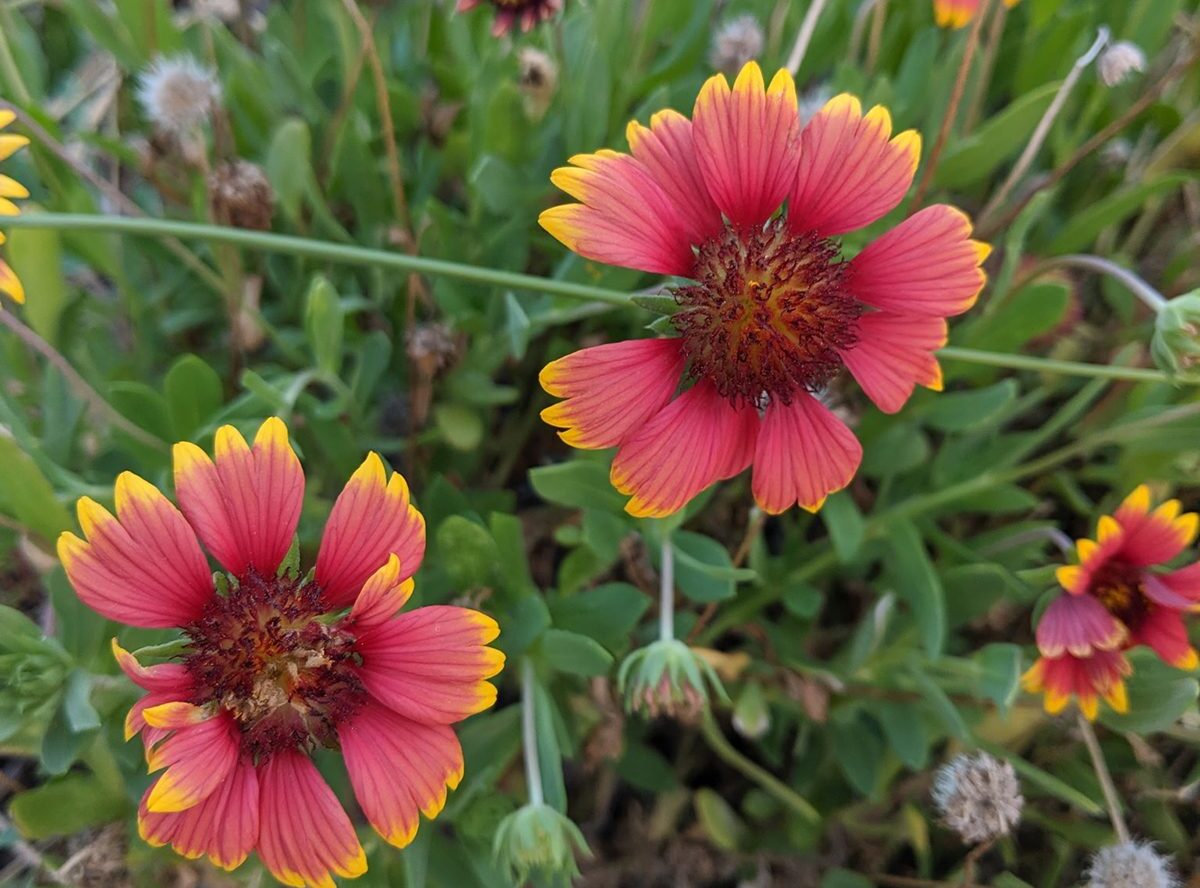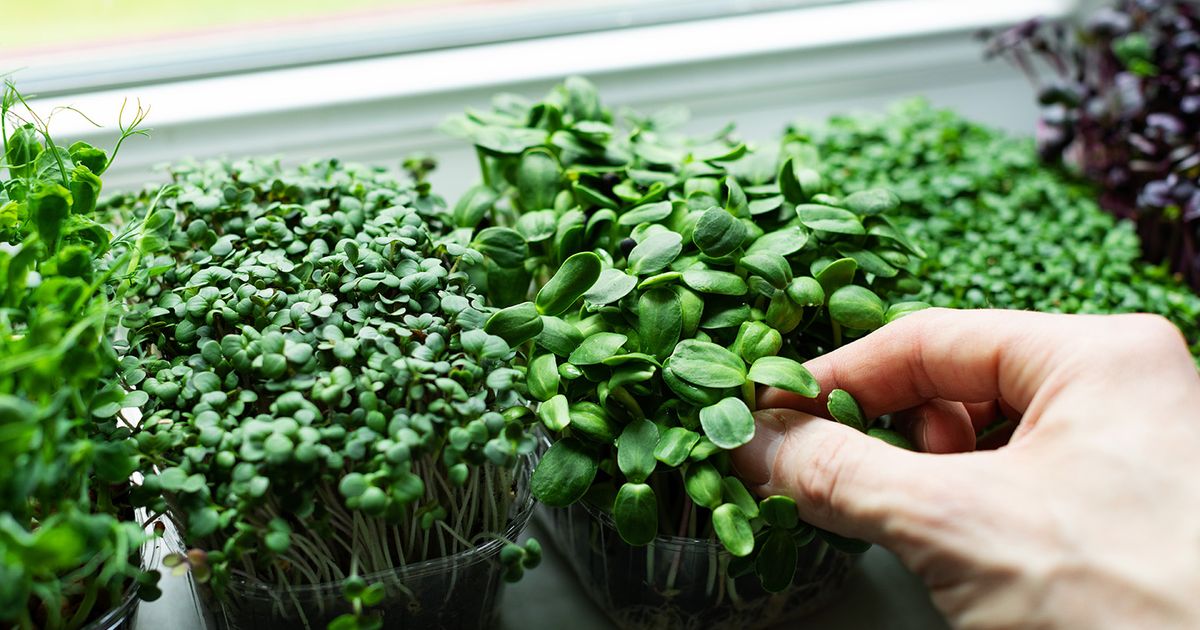Gardening may generally be easier for people who have a large backyard space because it allows them the flexibility to grow.
But apartment dwellers aren’t shut out of the gardening game.
In fact, experts say there are a wide variety of options for things that can be grown on a postage-sized patio or a sunny window, including herbs, tomatoes and leafy greens, and the options don’t stop there.
Darren Butler, a Los Angeles-area consulting arborist, landscape expert and co-founder of gardening help website GardenZeus, said that there are lots of options from fruiting plants to even trees.
Here’s a look at some of the varieties recommended from experts and how to grow them:
Let’s get lit
Whether growing indoors or outdoors, space can be negotiable, but light is definitely not.
Justin McKeever, a plant specialist at H&H Nursery in Lakewood, said that most fruiting plants need about 6 hours of light whereas some broad-leaf herbs can do with 3-4 hours so it’s important that gardeners make sure their small spaces will provide that kind of lighting.
Kathy Moine, a certified nursery professional on the sales team at Green Thumb Nursery in Lake Forest, said that growing in a window is an option, but gardeners will want to make sure that the light coming in through the window isn’t so harsh that it will fry plants. Windows that provide morning or late afternoon light exposure, or dappled light that’s filtered through a nearby tree, are better options.
Moine added that in the absence of a well-lit patio or windowsill, gardeners can also use full-spectrum LED grow lights, with options beginning in the $30 range.
“They can play with the spectrum and see what might make their plants grow a little bit better,” Moine said.
Patio picks
Experts recommend picking plants with an eye toward getting lots of production for the space they’re in; or they suggest choosing plants that won’t take up a lot of space to begin with.
Cherry tomatoes: Butler said cherry tomatoes are “one of the most productive vegetables” and can be kept in containers as small as 2 gallons. He recommends an indeterminate variety, meaning it will grow and produce throughout the season.
Determinate tomatoes: McKeever makes the case for determinate tomatoes, which are tomatoes that stay bushy instead of vining out and have a more set production, as these have more compact root systems. Tomatoes such as Early Girl, Roma, Health Kick and Tom Thumb are some of the common compact tomato varieties that work well for containers, he said.
Peppers: Moine grows both bell peppers and habaneros on her patio and says they grow well. McKeever notes that there are now also varieties of pepper that are bred to be more compact in the way that a determinate tomato is and these include varieties such as Apache and Basket of Fire. McKeever said both of these varieties serve a dual purpose of being decorative and edible, and neither gets particularly large.
Strawberries: Butler recommends finding a variety of strawberry that produces more consistently instead of in one short burst. He recommends Seascape, a variety released by the University of California in 1992 and prized for its continual production. The variety is day neutral, meaning that it will fruit continually so long as temperatures continue to stay moderate.
Vine and dandy
Butler said many apartment complexes have long vertical spaces that can be used for growing certain fruit trees and vining plants. He said to look for places near your door or a back patio where there is 6-by-5 feet of sunny wall.
“That’s a huge opportunity,” he said.
Vines: Some popular vines that can grow up a wall include plants such as grapes, passion fruit and bougainvillea.
Trees: Practically any fruit tree can be grown in an espalier fashion, which involves pruning and training the main stem and side branches of a tree to grow against flat surfaces such as a fence or wall, can be grown on a 6-by-5-foot wall, according to Butler.
One of his personal recommendations is mulberries.
“They’re something you can’t really buy in stores, maybe farmers markets occasionally, but they’re too fragile to pack and ship,” he said.
He said mulberries also grow very quickly so a gardener could potentially have mulberries the first spring after planting a tree.
How big should the pots be for these things? The bigger the better, but at a minimum, Butler recommends a pot that’s 14-16 inches in diameter and about as deep.
He said “ninja” gardeners could potentially grow a tree in a 5-gallon nursery pot that’s 10 inches in diameter and about 16 inches deep, but that’s more of a challenge and they could potentially have much less yield.
Lower light
McKeever says to consider microgreens herbs as options for windowsill growing. He said herbs with bigger leaves generally do better in lower-light conditions so he recommends things such as basil, mint and Italian flat-leaf parsley, borage and comfrey.
He said smaller leaf herbs don’t do as well and these are things such as thyme, oregano, savory and marjoram.
Microgreens grow easily and there are lots of kits that can be found on Amazon, McKeever said.
“They’re selling a lot of microgreen kits that are smaller containers that have a sponge at the bottom and you seed on top of the sponge and then when they pop up you are harvesting the first set of leaves,” he said, adding that these greens can be harvested in seven to 10 days.
Start small
Butler recommends that people using their patio or window space for gardening for the first time start small, perhaps with one or two plants, and then branch out once they’ve mastered that. He said it’s also important to realize there won’t be a net financial benefit — that’s hard for even gardeners with a lot of space. The pot the plants go in, the soil, the water and the time spent nurturing them, all add up and make buying grocery store produce cheaper overall.
“There are dozens of good reasons for gardening, everything from learning to relaxation to having a living thing that you’re nurturing,” Butler said. “There are lots of reasons to grow plants but I would not start out expecting success in terms of a great yield immediately.”
A lot of the process is just experimentation and trying things, Moine said.
“I know it gets frustrating when it doesn’t work, but I always say gardening is 99% experimentation and 1% inspiration, “ she said. “So, you try things and if it works you do it again.”










